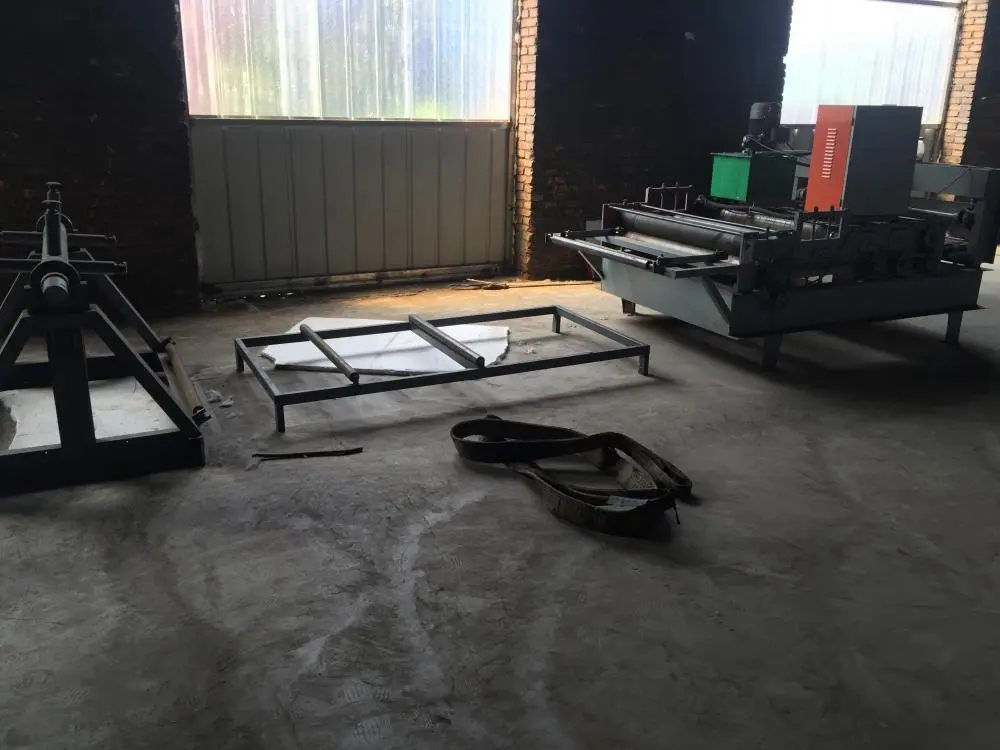Understanding Metal Ceiling Stud and Track Systems
The construction industry has seen significant advancements in building materials, one of which is the metal ceiling stud and track system. This system has gained popularity for its durability, flexibility, and ease of installation. It is primarily used in false ceilings, drywall partitions, and various architectural applications.
Components of Metal Ceiling Systems
A typical metal ceiling system consists of several essential components ceiling studs, tracks, C-channels, main channels, and wall angles. Each plays a critical role in creating a solid framework for drywall installation
1. Metal Ceiling Studs These are vertical components that support drywall and offer a framework for ceilings. Made from galvanized steel, metal studs are lightweight yet strong, providing excellent resilience against fire and pests, unlike traditional wooden studs.
2. Tracks Tracks form the foundation for the studs. They are installed along the floor and ceiling, guiding where the studs will be placed. The use of tracks ensures a level installation, which is crucial for the aesthetics and functionality of the ceiling.
3. C-Channels These are horizontal members that typically support heavier loads and provide additional stability. C-channels can also serve as connecting elements between vertical metal studs and tracks, ensuring structural integrity.
4. Main Channels Main channels are horizontal support members that run across the ceiling, connecting various studs and ensuring uniformity in the height of the system. They distribute loads evenly, preventing sagging over time.
5. Wall Angles These components form the perimeter of the ceiling system, securing the ends of the drywall and providing a neat finish. Wall angles also help to align the ceiling and create sharp, clean lines that enhance the overall look of the installation.

Advantages of Metal Ceiling Systems
The use of metal ceiling studs and tracks carries several benefits
- Durability Metal components resist warping, cracking, and rotting, providing a long-lasting solution for building frameworks. This durability translates into lower maintenance costs and extended lifespan.
- Fire Resistance Metal is inherently non-combustible, making it an ideal choice for buildings in fire-prone areas. This feature ensures a higher level of safety and compliance with building codes.
- Ease of Installation Metal ceiling systems are lightweight, which simplifies the installation process. Contractors can easily cut and shape metal studs and tracks, allowing for quick adjustments and minimal wastage.
- Environmental Impact Many metal framing materials are recyclable, contributing to a more sustainable construction practice. This eco-friendly aspect has attracted modern builders who prioritize green building solutions.
Conclusion
In summary, metal ceiling stud and track systems represent a significant evolution in construction methodologies. Their integration of components like C-channels, main channels, and wall angles provides strength, flexibility, and aesthetic appeal. As the construction industry continues to embrace modern materials and techniques, the demand for metal framing systems is likely to grow. Whether for residential renovations or commercial construction, metal ceiling systems offer a reliable and efficient solution that meets the diverse needs of contemporary architecture. Investing in these advanced systems not only enhances structural performance but also contributes to overall building safety and efficiency.